13 Easy Garden Upgrades to Do During the Fall Season
As the fall season arrives, it brings the perfect chance to make small changes to your garden. The crisp air and falling leaves are a great reminder to focus on some garden improvements. Fall is a quieter time in the garden, allowing you to work on things without the summer rush. Now is the time to invest in easy upgrades that will pay off in the spring.
This post may contain affiliate links, which helps keep this content free. Please read our disclosure for more info.
Clean and Prepare Garden Beds
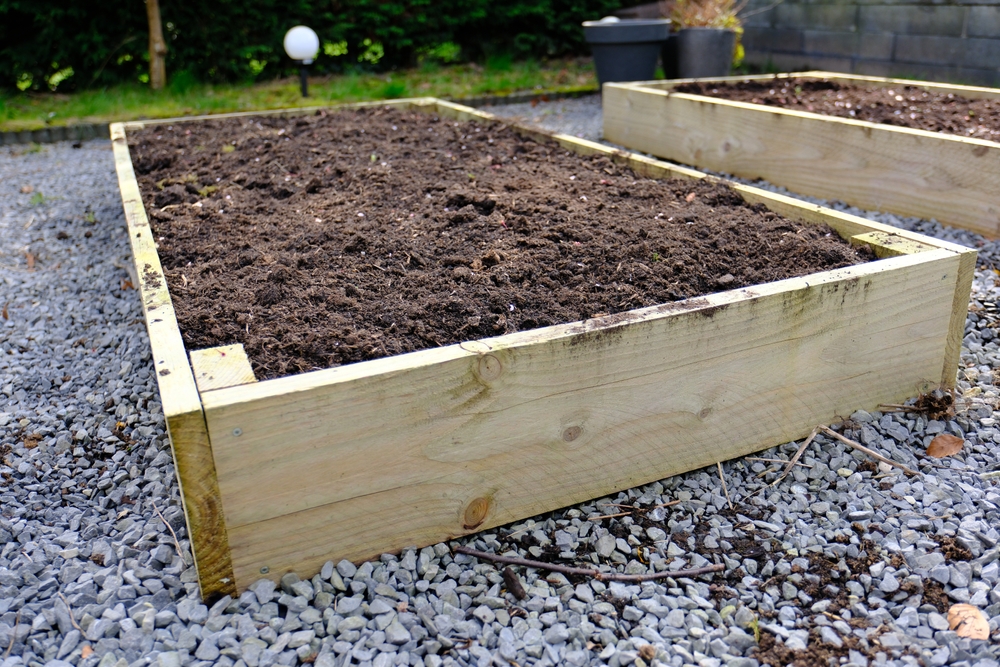
Fall is a great time to clean up your garden beds. Start by removing any dead plants, weeds, or debris that may have accumulated throughout the growing season. This ensures that your garden is ready for new plantings and reduces the risk of pests overwintering in the soil. By giving your beds a thorough cleaning, you set the stage for a healthy garden next year.
After cleaning, consider turning the soil to improve its structure. Adding compost or mulch helps nourish the earth and improve drainage. These simple tasks can make a big difference when it is time to plant in the spring. A little effort now will yield better results later.
Add Mulch to Protect Plants
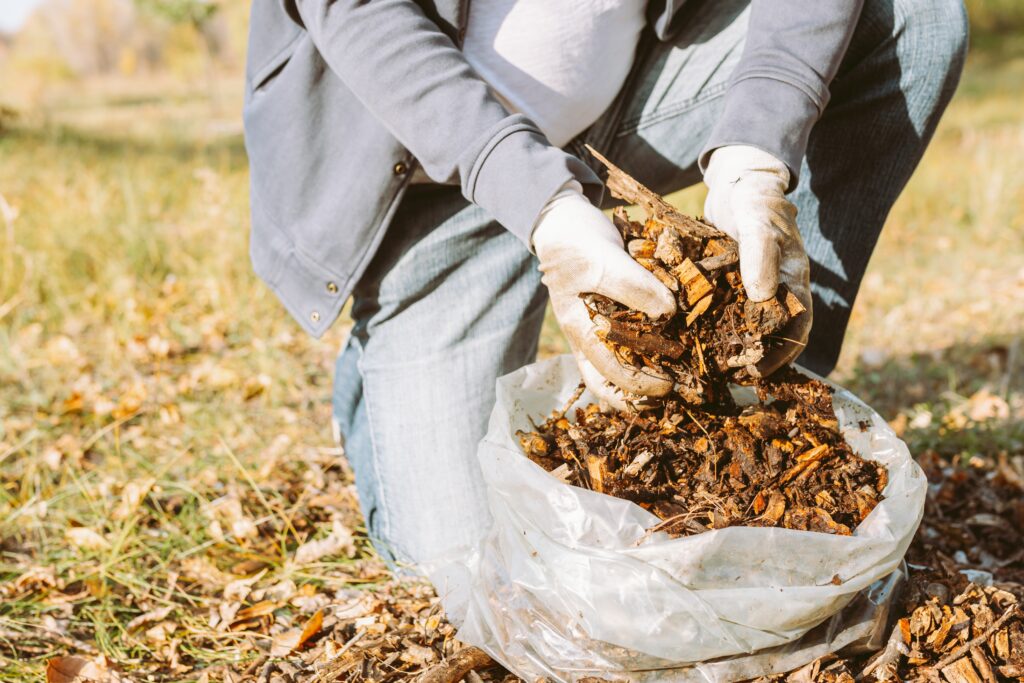
Adding a layer of mulch around your plants helps insulate the soil, protecting the roots from the cold. It also helps retain moisture, which is crucial during the cooler months when rainfall can be unpredictable. Straw, wood chips, or leaves are great options for mulch that can break down over time and enrich the soil. A thick layer of mulch can even help suppress weeds during the off-season.
Make sure to leave some space around the base of your plants to avoid moisture buildup that could lead to rot. Replenishing mulch as it decomposes ensures it continues to provide benefits throughout the winter. This is an easy way to give your garden the protection it needs without much effort.
Plant Fall Flowers for Winter Interest
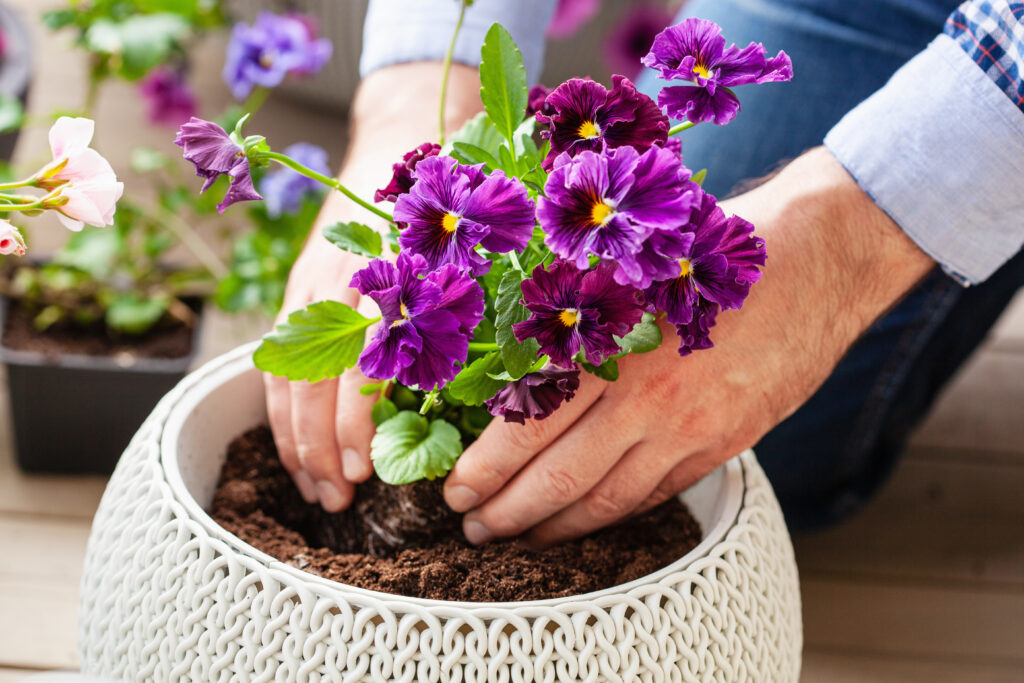
While most plants slow down in the fall, you can still add color by planting hardy fall flowers. Mums, pansies, and asters are perfect for this time of year. They will not only brighten up your garden through the fall but also provide winter interest when viewed from inside the home. Planting these flowers now ensures you have beautiful blooms during the colder months.
Be sure to plant them in well-drained soil and give them a good watering. These flowers thrive in cooler weather, making them ideal for fall. They can even handle light frost, adding a touch of color as the season changes.
Start a Compost Pile
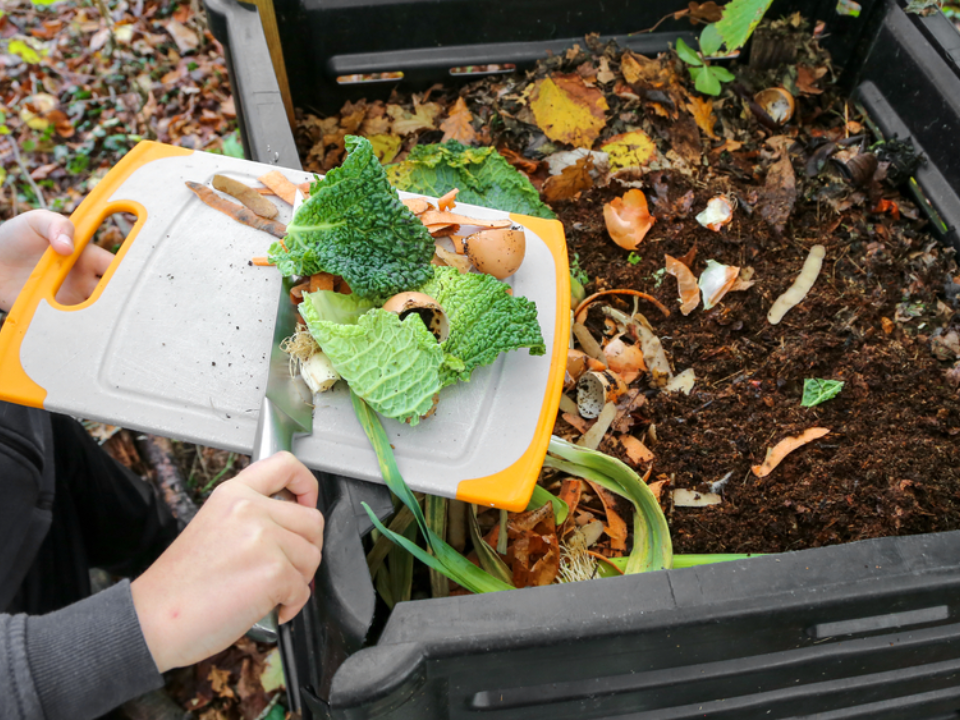
Fall is the perfect time to start composting, especially with the abundance of fallen leaves and garden scraps. A compost pile can help recycle organic matter and provide you with rich, nutrient-dense compost for your garden next year. Simply collect leaves, kitchen scraps, and plant waste, and let them break down naturally. You will be amazed at how much waste you can turn into something valuable.
Composting also helps reduce waste that ends up in landfills. Over time, you will notice how much healthier your plants become thanks to the high-quality compost you create. It’s an easy, eco-friendly upgrade that benefits your garden and the environment.
Improve Garden Lighting
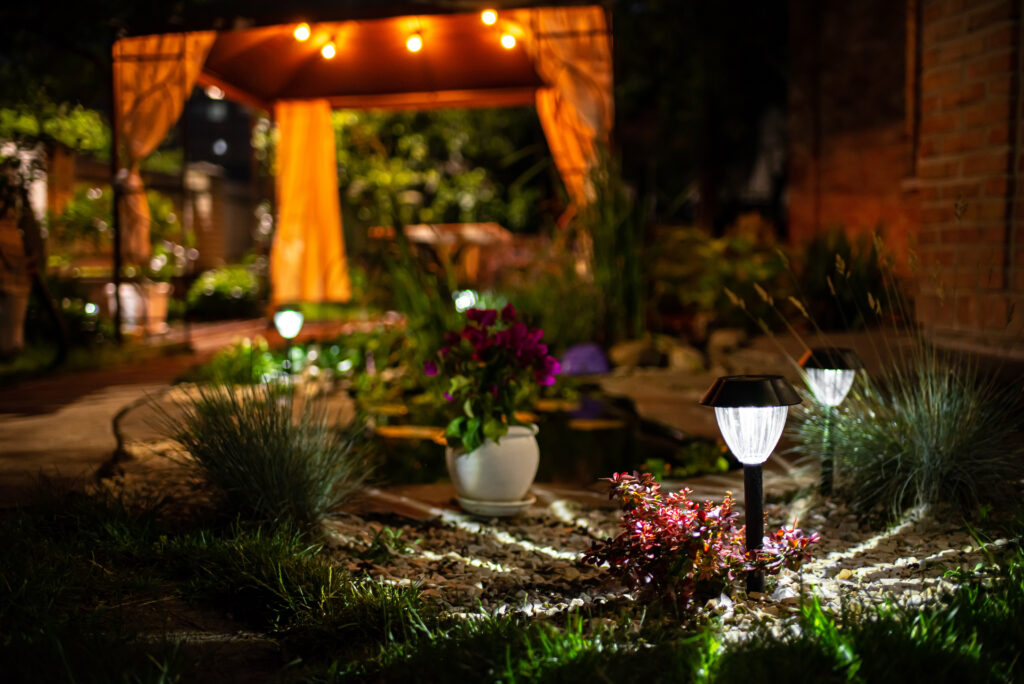
As the days get shorter, enhancing your garden’s lighting can add warmth and charm. Simple string lights or solar garden lights can make a big difference, especially if you want to enjoy your outdoor space during the evening. Well-placed lighting highlights your plants and adds ambiance without requiring much work. It also makes your garden safer to navigate after dark.
Consider placing lights near pathways, trees, or garden features to create a welcoming atmosphere. Solar lights are energy-efficient, and you do not have to worry about wires or outlets. Adding a few lights can turn your garden into a magical space even during the fall and winter months.
Clean and Store Garden Tools
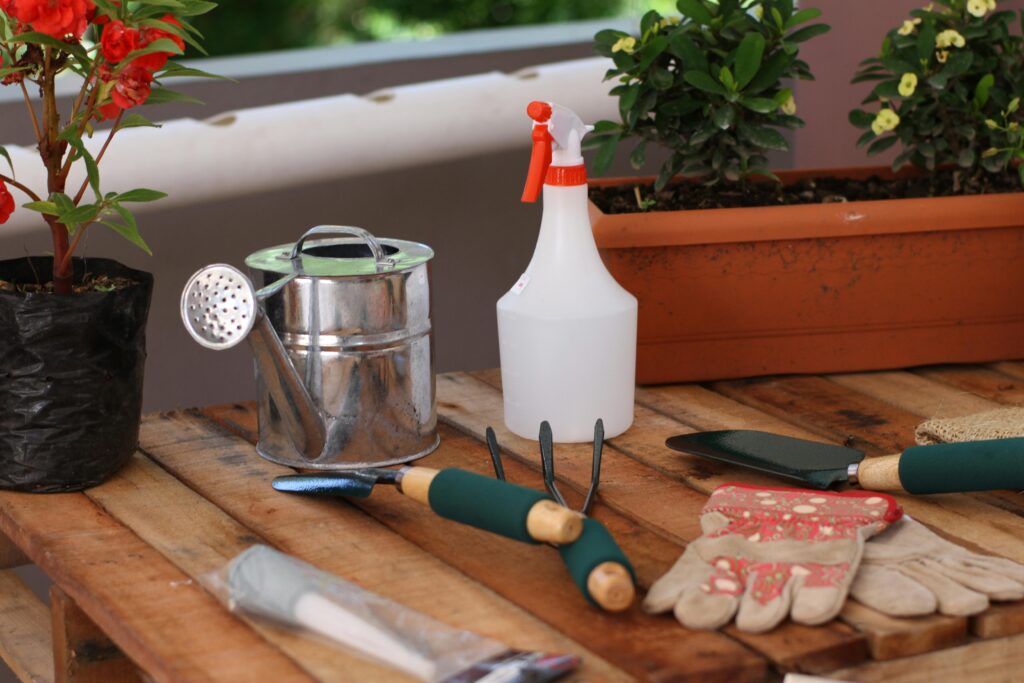
Fall is an ideal time to clean and store your garden tools to keep them in good condition for next year. After the season is over, tools can become rusted or dull if not properly maintained. Start by cleaning them thoroughly, removing dirt and plant residue. Sharpen any blades and apply oil to prevent rust.
Once clean, store your tools in a dry place to prevent moisture damage. If you have any wooden-handled tools, it is a good idea to treat them with linseed oil to keep them from cracking. Taking a little time now to care for your tools will make next season’s gardening much easier.
Build a Raised Garden Bed
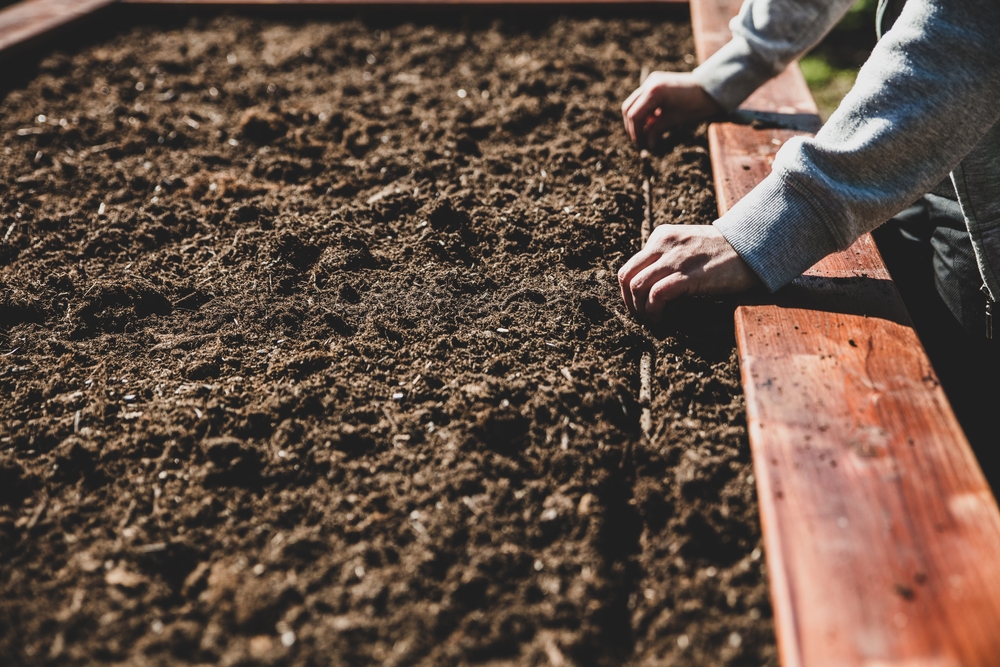
If you want to add a new element to your garden, consider building a raised garden bed. Raised beds are great for growing vegetables and flowers and can improve drainage, which is especially helpful during the fall and winter months. They are also easier to maintain and protect your plants from pests. Building a raised bed requires only a few basic materials, such as wood, soil, and compost.
Raised beds help regulate soil temperature and can be placed in areas that may not have ideal ground conditions. They also help reduce the need for bending and kneeling, making gardening easier on your back. This upgrade not only enhances your garden but also makes it more accessible.
Install a Drip Irrigation System
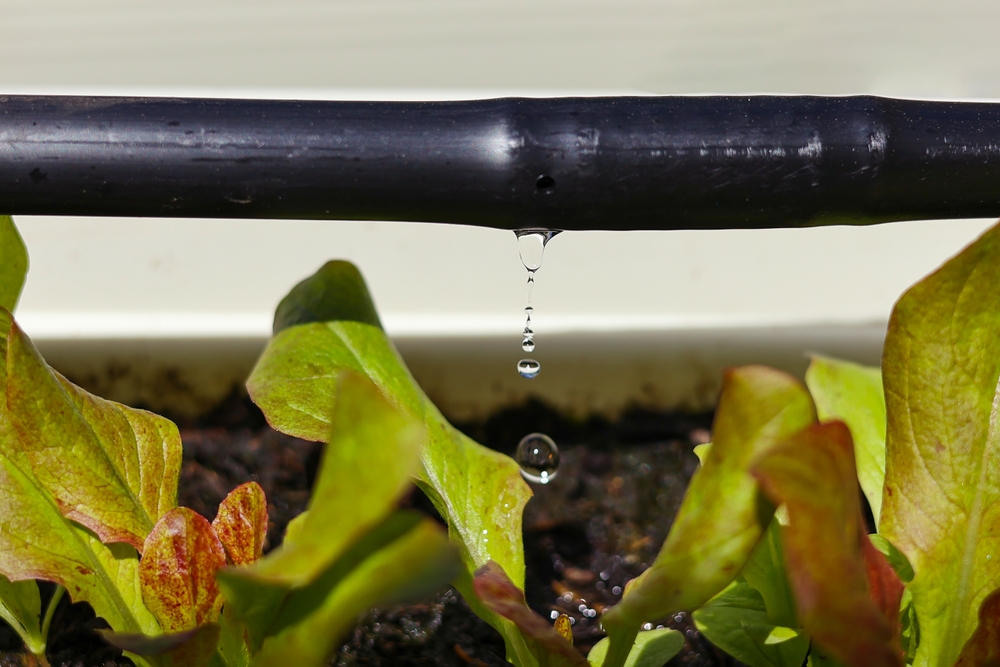
A drip irrigation system is a simple but effective way to water your plants, especially during the fall when the weather can be dry. These systems deliver water directly to the plant roots, reducing waste and ensuring that your plants get the right amount of moisture. Installing a drip system now will save you time next year, as it can be set to run automatically.
Drip systems are easy to customize for your garden’s needs. You can adjust the flow of water and target specific plants or sections of the garden. By investing in this system now, you will make watering more efficient and help conserve water in the long run.
Divide Perennials
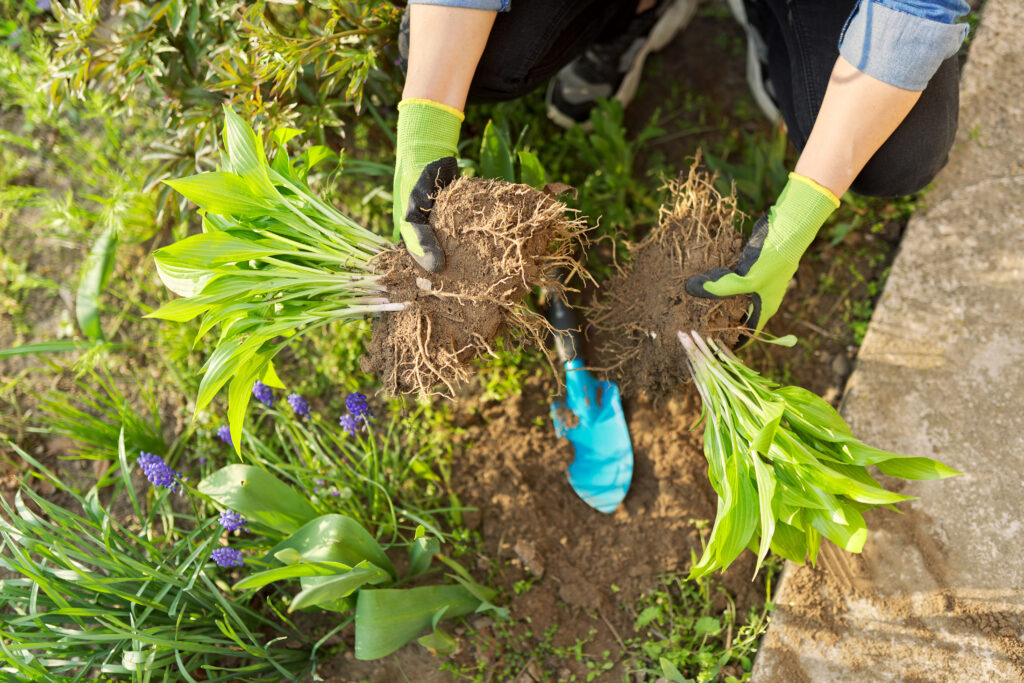
Fall is the perfect time to divide perennials that have outgrown their space. Many plants, such as hostas, daylilies, and iris, benefit from being split up every few years. Dividing perennials ensures they continue to thrive and grow, while also giving you the opportunity to create new plants to fill other areas of your garden. This simple task can help keep your garden healthy and vibrant.
To divide perennials, carefully dig up the plant and gently separate the roots. Replant the divisions in well-prepared soil, and water thoroughly. This process is an easy way to improve the overall health of your plants and encourage new growth.
Repair Lawn Damage
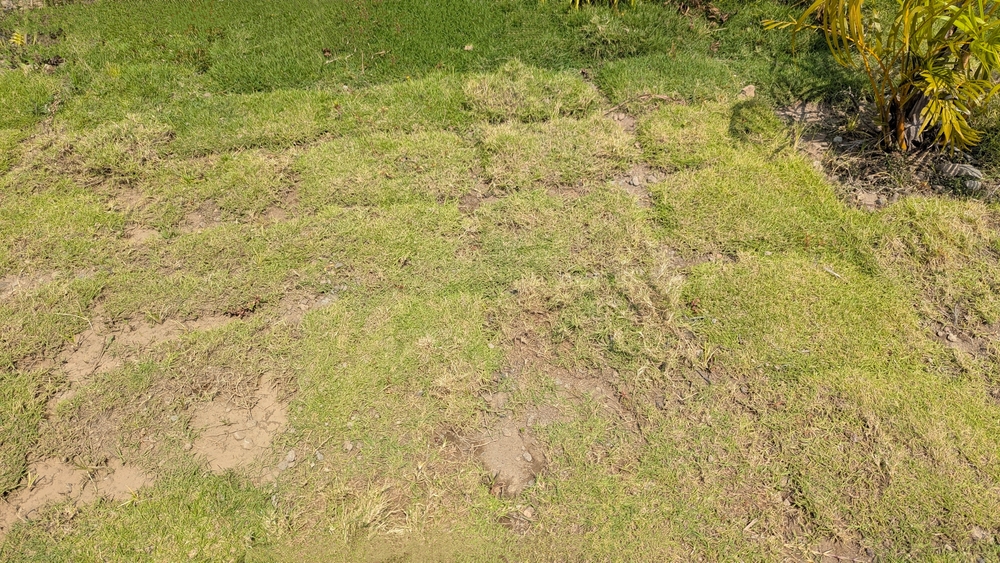
If your lawn has suffered from the summer heat or heavy foot traffic, fall is the perfect time to make repairs. Start by reseeding bare patches to encourage new growth before the cold weather arrives. Fall’s cooler temperatures make it easier for grass seed to germinate and establish roots. A well-maintained lawn looks great all year round.
To help with the repair, aerate the lawn to allow air, water, and nutrients to reach the roots more effectively. Applying a thin layer of compost or topsoil can help improve the quality of the soil. A little care now ensures a healthy, green lawn in the spring.
Set Up a Bird Feeder
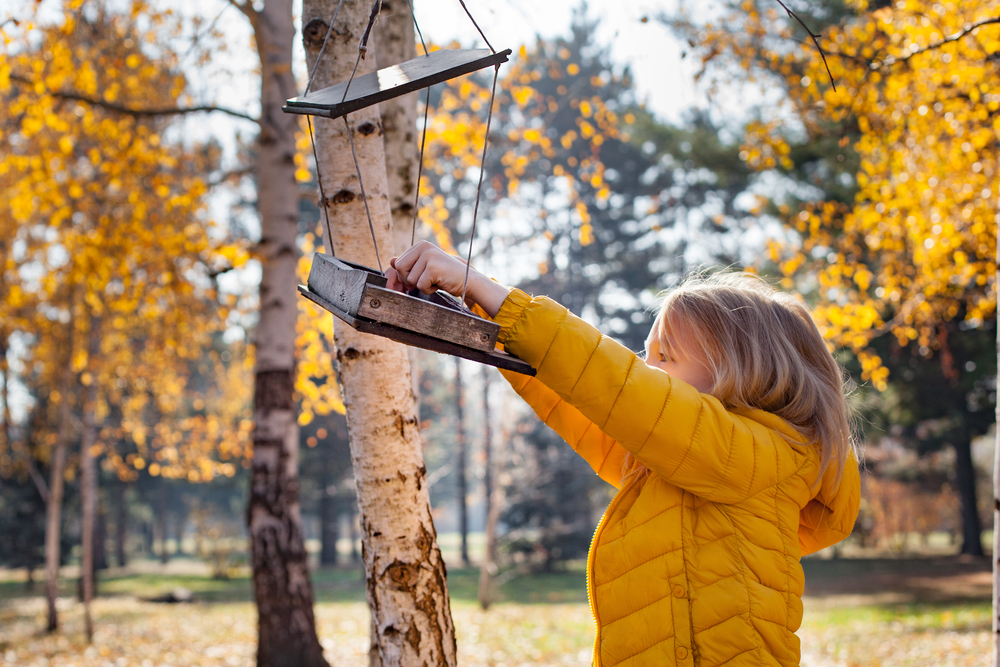
As the weather cools down, consider adding a bird feeder to your garden. Fall is when many bird species start looking for food sources to prepare for winter. A simple bird feeder can attract a variety of birds to your garden, adding beauty and life to your outdoor space. Plus, watching birds can be a peaceful and enjoyable activity during the colder months.
Be sure to use high-quality birdseed to attract a range of species. You can choose seed blends that attract your favorite birds or focus on specific types, like sunflower seeds for finches. Regularly cleaning the feeder and refilling it ensures a consistent food source for your feathered friends.
Install a Garden Bench
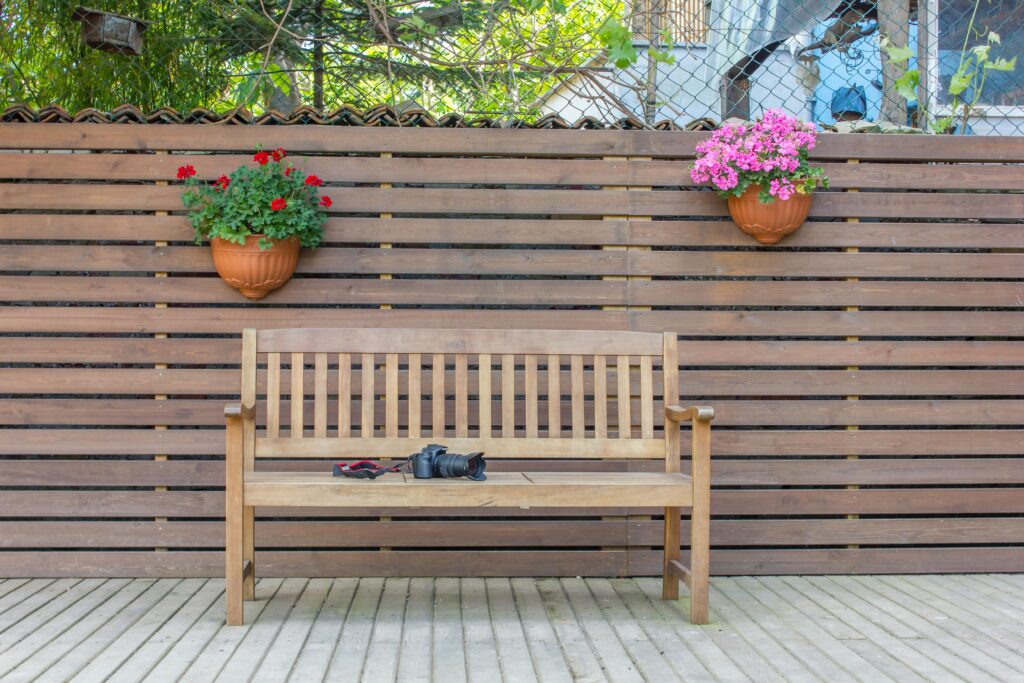
Adding a garden bench can create a peaceful spot to relax and enjoy your outdoor space. Placing a bench in a quiet corner of your garden allows you to appreciate your hard work and enjoy the beauty of nature. It also adds a practical element to your garden, giving you a place to sit while you work or admire your plants. Garden benches come in many styles, so you can choose one that complements your garden design.
Consider placing the bench near your favorite flowers or trees to create a focal point. This simple upgrade encourages you to spend more time outdoors and enjoy the tranquility your garden provides. It’s an easy way to transform your space into a retreat.
Plant Fall Vegetables
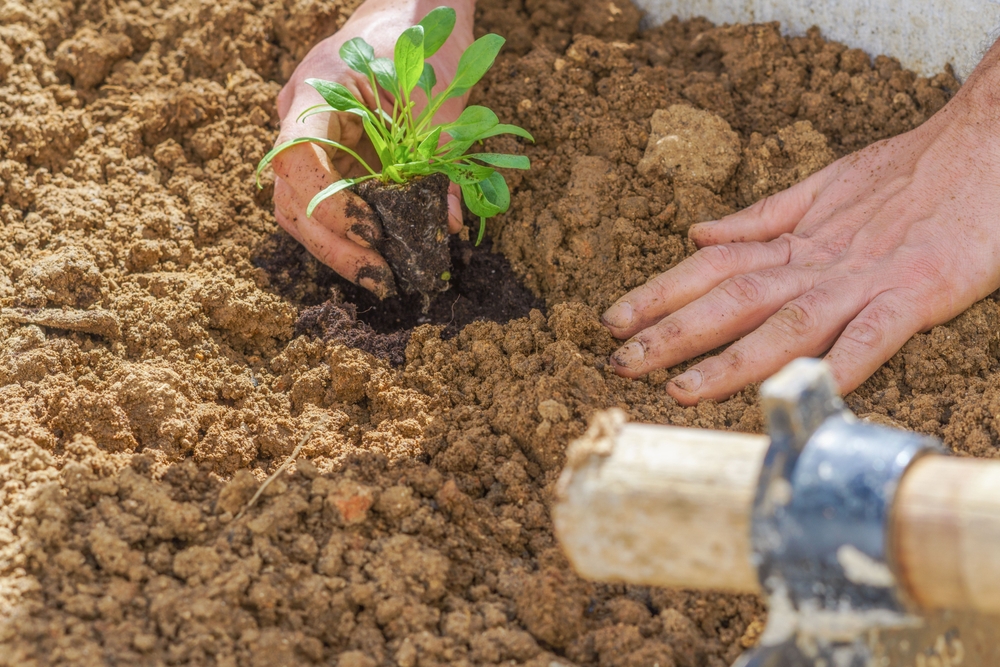
Although most gardens slow down in the fall, it is still possible to plant some vegetables. Cold-weather crops like kale, spinach, and Brussels sprouts can thrive in the cooler months. Planting them now ensures you will have fresh vegetables later in the fall or even through the winter. Make sure to choose varieties that are known to tolerate frost.
Prepare the soil well by adding compost to give your plants the best chance for growth. These fall vegetables are not only practical but can also add a different texture and color to your garden. Planting them in the fall extends your gardening season and provides you with homegrown food throughout the colder months.
This article originally appeared on Avocadu.
